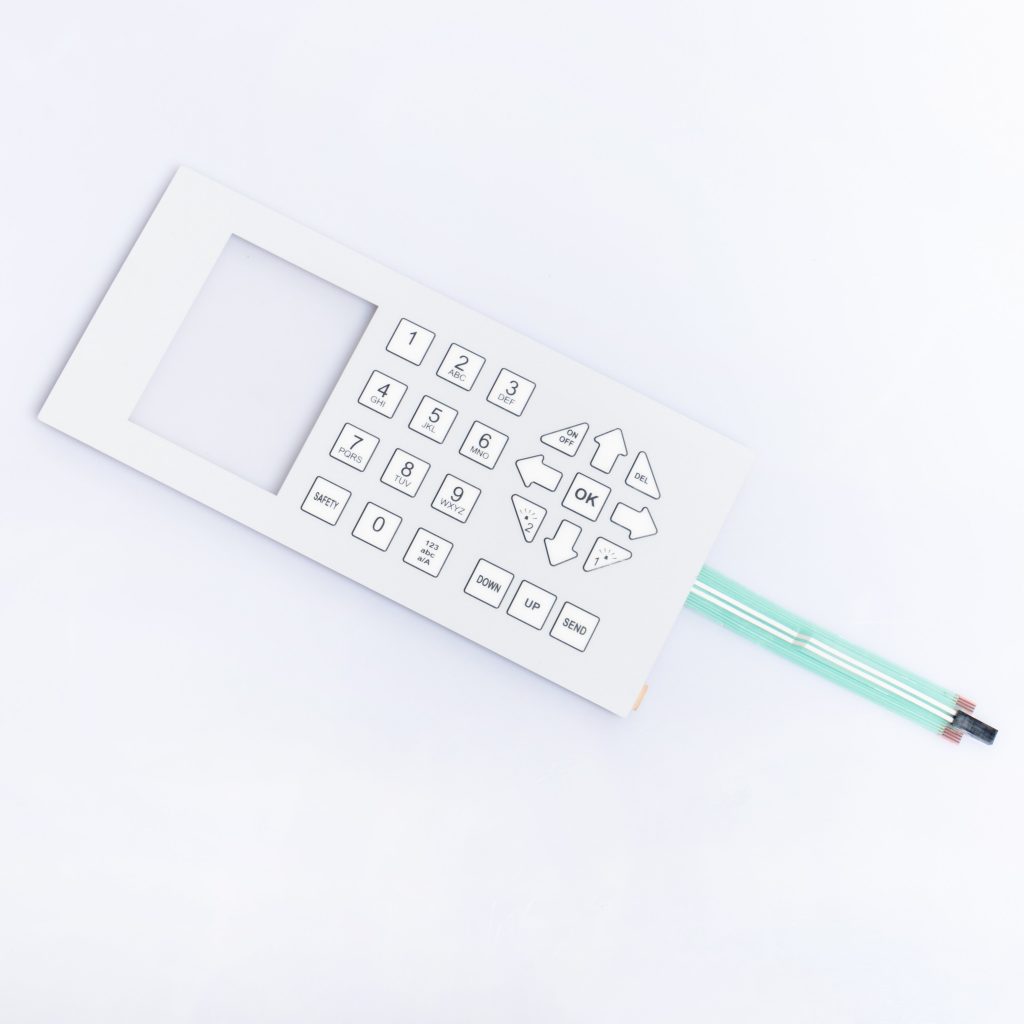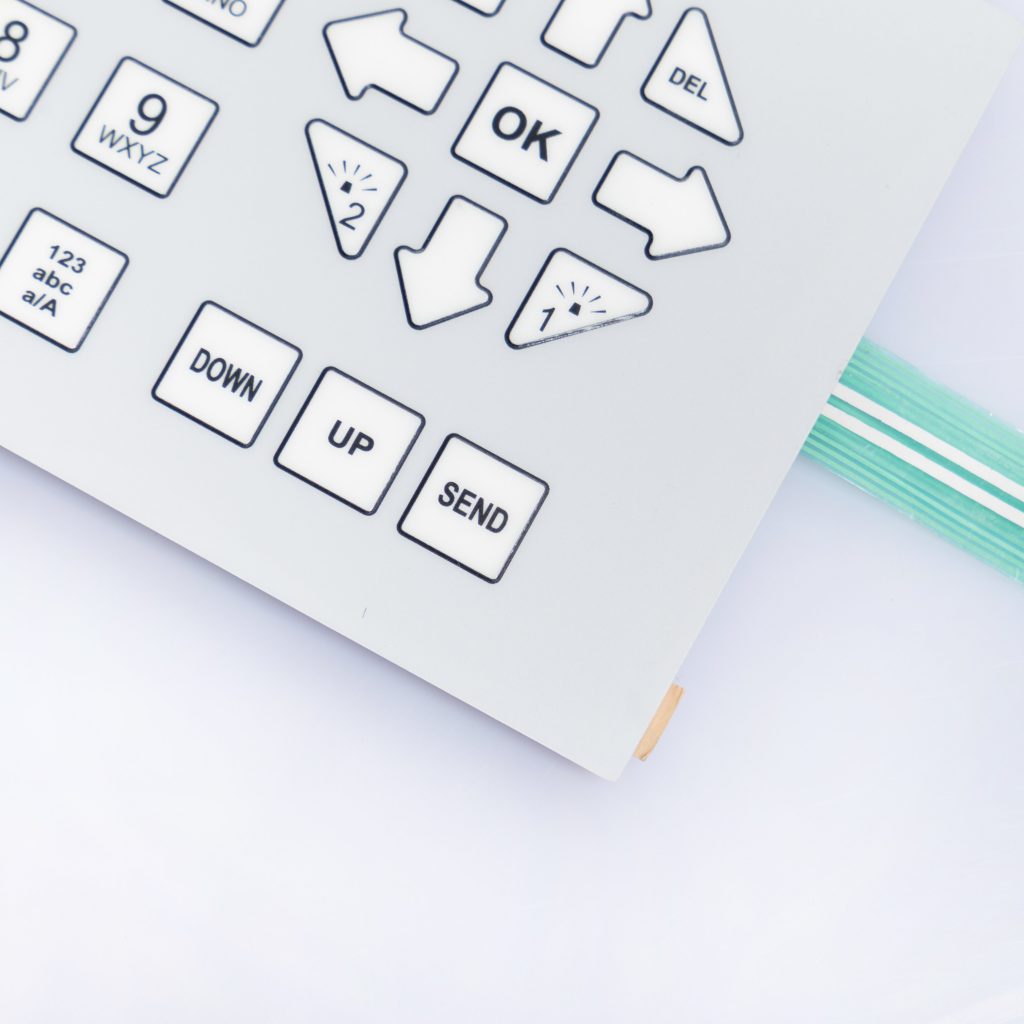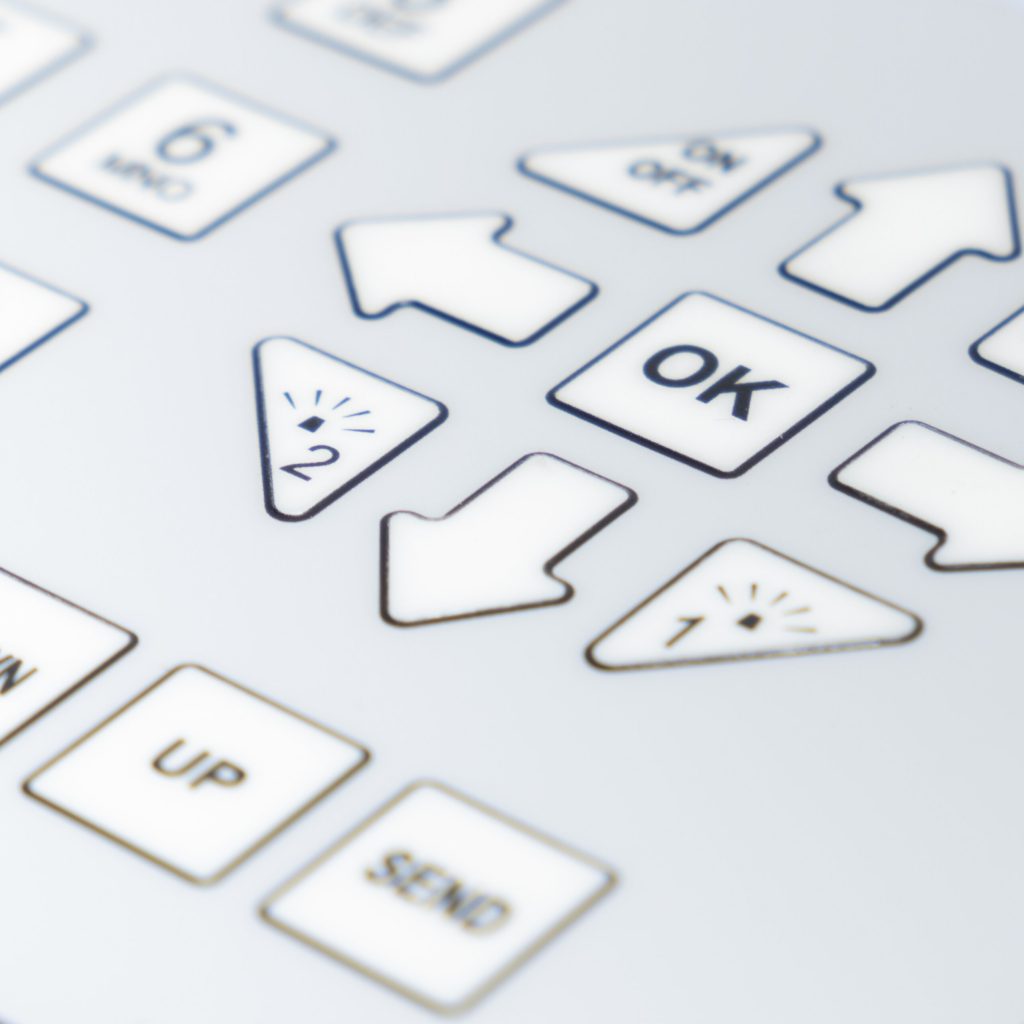Contact
Write to Us And We Would Be Happy to Advise You.
Do you have any questions, or would you like to speak directly with a representative?
By hqt
In today’s fast-paced world, where technology is constantly evolving, we often come across innovative solutions that simplify our lives. One such advancement is the membrane driving light switch. In this article, we will delve into the world of membrane driving light switches, exploring their functionality, benefits, applications, and more.



A membrane driving light switch, also known as a membrane keypad or membrane switch, is a user interface device that consists of multiple layers of flexible material. These layers include a top membrane layer, spacer layer, and bottom membrane layer. These switches are designed to be sensitive to touch and can be found in various electronic devices.
The key to the operation of a membrane driving light switch lies in its layers. When pressure is applied to the top membrane layer, it makes contact with the bottom membrane layer, completing an electrical circuit. This circuit closure triggers a response, such as turning on a light, activating a device, or registering a keystroke.
One of the distinctive features of membrane driving light switches is their ability to illuminate. This is particularly useful in low-light conditions, making them ideal for applications such as automotive dashboards and control panels. The illumination can vary in color and intensity, providing clear visibility.
Membrane driving light switches are known for their durability. The absence of moving parts means they are less prone to wear and tear, making them suitable for applications where reliability is crucial.
These switches can be easily customized to meet specific design requirements. From the layout of buttons to the choice of colors and graphics, membrane switches offer flexibility in design.
Many membrane driving light switches are designed to be water and dust-resistant, making them suitable for outdoor and industrial applications.
Compared to traditional mechanical switches, membrane switches are often more cost-effective to manufacture, making them an economical choice for manufacturers.
Membrane driving light switches find applications in various industries, including:
In the automotive industry, these switches are used on dashboard controls, steering wheels, and door panels for functions like controlling lights, windows, and infotainment systems.
Medical equipment often utilizes membrane switches due to their ease of cleaning and resistance to liquids and contaminants.
In industrial settings, membrane switches are used on machinery and control panels to ensure reliable operation even in harsh environments.
As technology continues to advance, membrane driving light switches are likely to become even more versatile and widely used. Their adaptability, durability, and cost-effectiveness make them a valuable component in the world of electronics and user interfaces.
In conclusion, membrane driving light switches are a fascinating and practical technology that has revolutionized the way we interact with electronic devices. Their durability, customizability, and resistance to environmental factors make them a preferred choice in various industries. As we look ahead, these switches are poised to play an even more significant role in our daily lives.
No, membrane driving light switches are distinct from touchscreens. While both respond to touch, membrane switches typically involve physical buttons or keys that depress when touched, whereas touchscreens rely on capacitive or resistive technology.
Yes, some membrane switches are designed to withstand extreme temperatures, making them suitable for both hot and cold environments.
Yes, membrane switches are relatively easy to clean due to their smooth and sealed surfaces, making them suitable for applications where hygiene is essential.
Yes, membrane switches can often be customized to fit the dimensions and requirements of existing equipment, making them a practical choice for upgrades.
Generally, membrane switches require minimal maintenance, thanks to their durable and low-wear design. However, regular cleaning and inspection are recommended to ensure optimal performance
Do you have any questions, or would you like to speak directly with a representative?